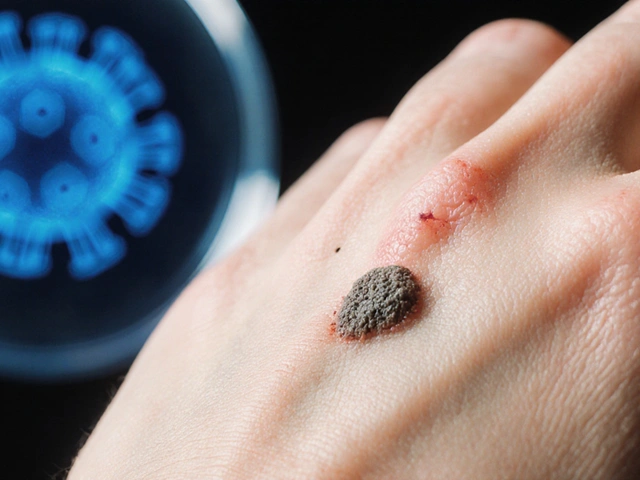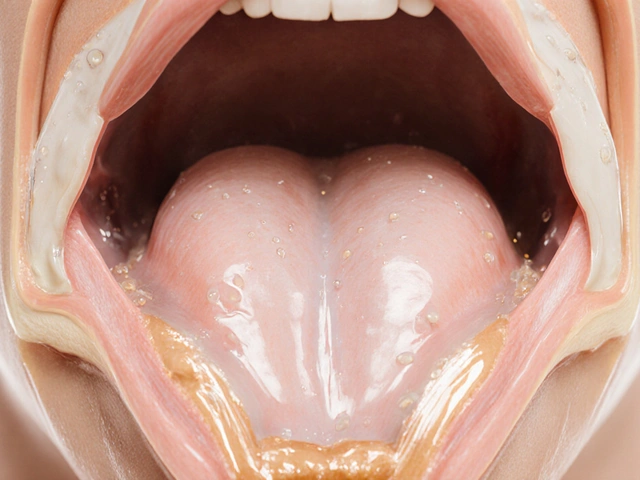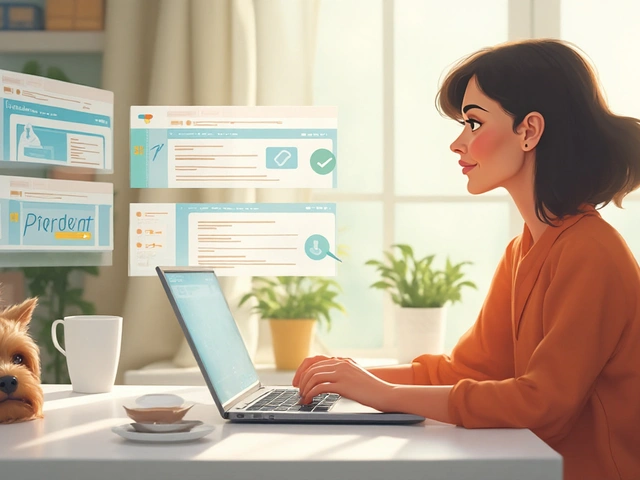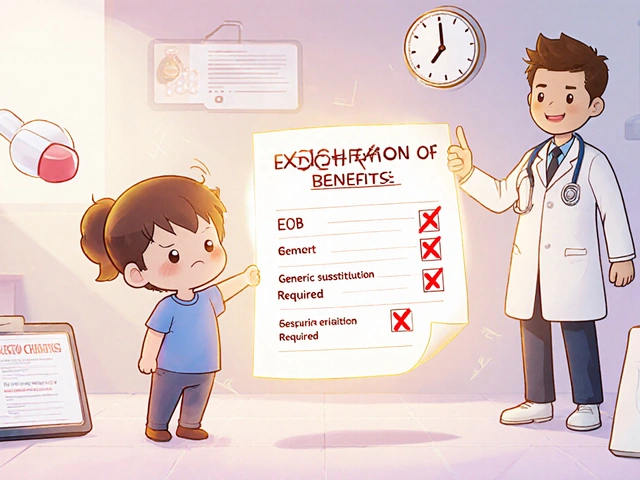Intraocular Pressure: What It Is, Why It Matters & Simple Tips
Did you know a quick eye pressure reading can reveal a lot about your vision safety? Intraocular pressure, or IOP, is the fluid force inside your eye. When it stays in the normal range (usually 10‑21 mmHg), your eye works fine. Push it too high or let it drop too low, and you’re opening the door to problems like glaucoma or vision loss.
Understanding IOP and Why It Matters
IOP is created by the fluid called aqueous humor that washes nutrients through your eye and then drains out. The balance between production and drainage decides the pressure level. A healthy eye keeps that balance, but anything that blocks drainage—like clogged tiny tubes—can make pressure rise. High pressure doesn’t always mean you’ll get glaucoma, but it’s the biggest risk factor doctors watch for.
Measuring IOP is painless and fast. An eye doctor uses a tonometer, which either gives a tiny puff of air or a soft probe that lightly touches the eye. The reading comes out in millimeters of mercury (mmHg). Most people get checked during a routine eye exam, especially after age 40 or if there’s a family history of eye issues.
Ways to Manage Your Eye Pressure
First, follow any treatment your doctor prescribes. Eye‑drop medicines are the most common way to lower pressure, and they work by either reducing fluid production or improving drainage. If drops aren’t enough, oral meds or laser procedures might be recommended.
Lifestyle tweaks also help. Regular exercise—especially activities that get your heart rate up—can lower IOP a bit. Aim for brisk walks, cycling, or swimming a few times a week. Keep caffeine in check; too much coffee or energy drinks can give a short‑term pressure spike.
Diet matters, too. Foods rich in antioxidants (like leafy greens, berries, and carrots) support overall eye health. Some studies point to omega‑3 fatty acids—found in fish, flaxseed, and walnuts—helping maintain fluid balance inside the eye.
Don’t forget to protect your eyes from injury. A hit to the head or eye can damage drainage pathways and raise pressure suddenly. Wearing safety glasses during sports or DIY projects can prevent that risk.
Finally, keep up with eye exams. Even if you feel fine, pressure can rise silently. A yearly checkup lets your doctor catch changes early and adjust treatment before any damage occurs.
Bottom line: knowing your IOP, staying active, eating eye‑friendly foods, and seeing your eye doctor regularly are the best moves to keep eye pressure in check and protect your sight for years to come.
Brinzolamide in Steroid‑Induced Glaucoma: Mechanism, Dosing, Efficacy
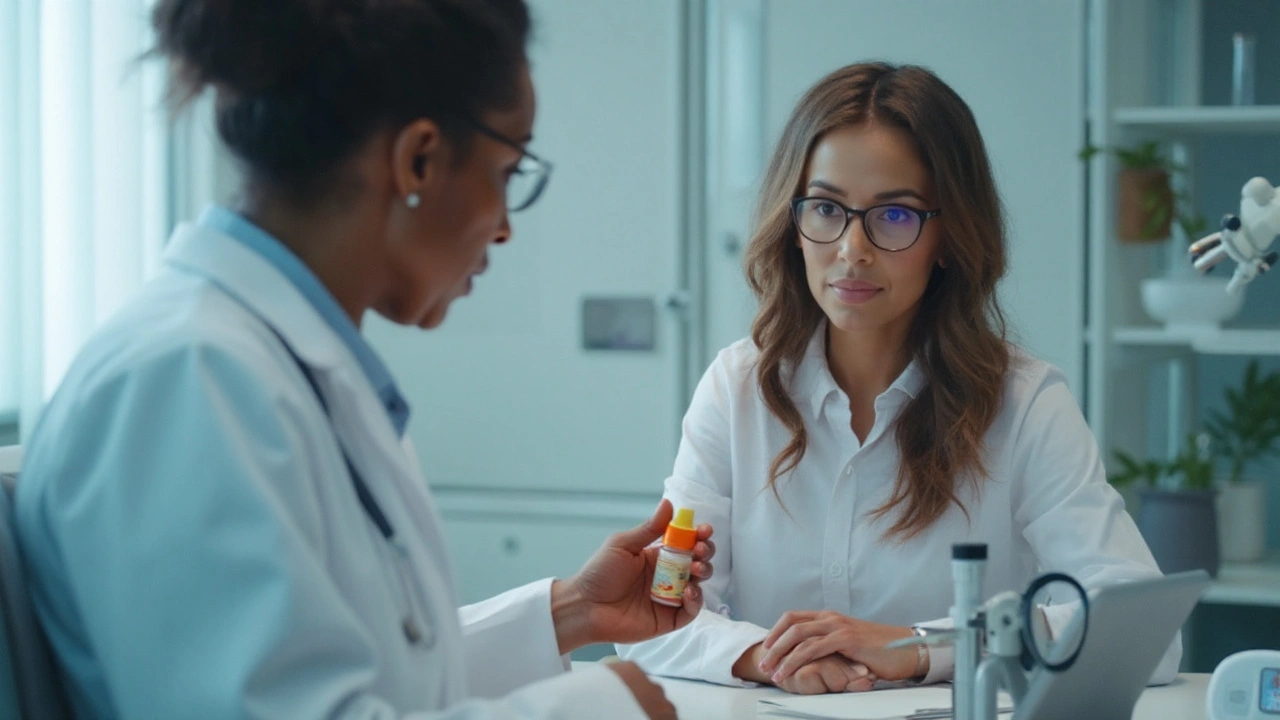
How brinzolamide helps manage steroid-induced glaucoma: when to use it, dosing, expected pressure drop, combos, risks, and real-world tips for 2025.
read more